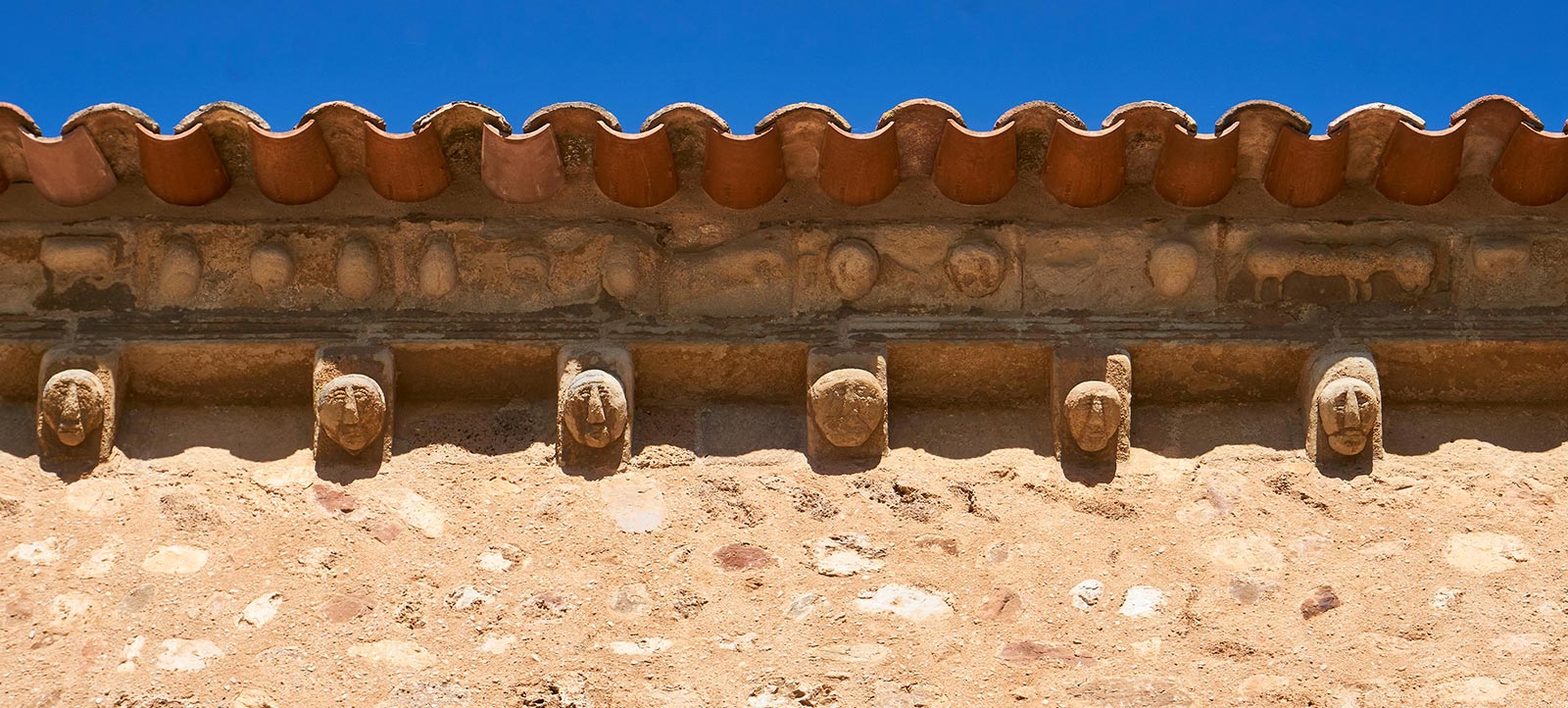The body was set up by resolution of the Municipal Council Plenary, to incorporate a range of experts and professionals representing different sectors and specialist fields, such as university professors, historians, architects and archaeologists
David Abadias Aurín
Professor of Medieval and Renaissance Church History at the Antoni Gaudí Faculty of Christian History, Archaeology and Art. Doctorate in Church History from the Gregorian Pontifical University in Rome.
Robert Baró Cabrera
Doctorate in History and Archaeology from Barcelona Autonomous University, and Baccalaureate in Theology from the Faculty of Theology of Catalonia. Professor of Ancient Church History at the Antoni Gaudí Faculty of Christian History, Archaeology and Art, and archivist and canon for cultural heritage conservation of Barcelona Cathedral. He also heads the Diocesan Museum of Barcelona and the Cultural Heritage Secretariat of the Archbishopric of Barcelona.
Julia Bertran de Heredia
Professor at the Antoni Gaudi Faculty (AUSP), Archaeologist, and Doctor of Ancient Sciences. Her research work focuses on Christian and late ancient archaeology (topography and architecture).
Manuel Castiñeiras González
Chair of Mediaeval Art History at Barcelona Autonomous University. He was previously conservator and head of the Romanesque Art collection at the National Art Museum of Catalonia (2005-2010) and Professor of Medieval Art History at Santiago de Compostela University (1995-2005).
Joan Coma Aínsa
Former Director of the Cultural and Museum Heritage Dissemination Programme of Terrassa City Council. He was previously the head of the Terrassa City Council Education Department, and an associate professor at the Departments of Language and Literature Teaching and of Social Science at Barcelona Autonomous University.
Toni Delofeu González
Rector of the Churches of Sant Pere in Terrassa.
Josep Fauquet Palau
Archaeologist. Responsible for the equipment of La Seu d'Ègara.
Domènec Ferran Gómez
Degree in Art History and Master's in Museum Studies from the UAB. Former Director of Terrassa Museum. His lines of research focus on the Historical and Artistic Heritage of Terrassa, in particular the late ancient period.
Miquel Font Roca
Heritage Representative of the Bishopric of Terrassa.
Mireia Freixa Serra
Chair of Art History at Barcelona University. Her research has focused on the artistic output of Catalonia in the Modernist and Fin de Siècle heroes, in particular with regard to the history of architecture and design, the historiography of the arts and the review of the discipline from the gender perspective.
Gemma García Llinares
Archaeologist. Degree in Ancient History and Archaeology from Barcelona Autonomous University. Professor at the Antoni Gaudi Faculty and the Faculty of Theology of Catalonia (Sant Pacià University Athenaeum). Responsible for documentation and draughtsmanship of archaeological interventions at the Seu d’Ègara.Her line of research focuses mainly on the study of architectural and liturgical space at the Seu d’Ègara.
Josep M Gurt i Esparraguera
Chair of Palaeo-Christian and Late Antique Archaeology at Barcelona University. In 2006 he set up the IPAEB (International Pluridisciplinary Archaeological Expedition to Bactria). He has since then dedicated his time to studying complex societies in Central Asia, from Hellenism to Islam, with a particular emphasis on the Kushan and Sassanid Empires.
Josep Maria Macías
R4 Researcher at the Catalan Institute of Classical Archaeology. His scientific research focuses on the Imperial up to the Late Antique era, above all urban development and architecture, ceramics, and the generation of multimedia content for the documentation and dissemination of Historical Heritage. Doctorate in Prehistory, Ancient History and Archaeology from Barcelona University (1999), and contributing lecturer at Rovira i Virgili University.
Assumpció Malgosa
Professor of Physical Anthropology at Barcelona Autonomous University. Her field of research focuses on various aspects of the study of human variability and diversity at the morphological, histological, biochemical and molecular levels, from the Neolithic to the present day.
Àngel Morillas
Historian and Professor of Art History. Member of ICOMOS and of ICOM. National coordinator of the international UNESCO project "Heritage in the Hands of Youth".
Antonio Moro Garcia
Archaeologist. Director of the archaeological excavations at the Seu d’Égara-Churches of Sant Pere in Terrassa.
Eduard Riu Barrera
Archaeologist and historian specialising in the mediaeval era. Working through the Architectural Heritage Service of the Government of Catalonia, he is dedicated to research applied to the protection and restoration of architectural heritage. His lines of research also address historiography and cultural history in the spheres of archaeology, restoration, museums and travel literature.
Isabel Rodà de Llanza
Emeritus Professor of Archaeology and Barcelona Autonomous University, and Associate Member of the Institute of Classical Archaeology. As a researcher, she has specialised in the field of Roman archaeology, focusing her studies on Barcino and Latin epigraphy and Roman sculpture, from the first contact with the pre-Roman world up to Late Antiquity.
Joan Soler Jiménez
Degree in History (UAB), Diploma in Archive Administration, Diplomacy and Palaeography (Vatican School of Palaeography and Archive Administration), Diploma in Latin Letters (Gregorian Pontifical University) and Postgraduate in Electronic Document Management (ESAGED). He is currently the Director of the Historical Archive of Terrassa, and has been the President of the Association of Archivists and Document Managers of Catalonia since 2013.
Francesc Tuset
Full Professor of Archaeology of the Prehistory and Archaeology Section. His field of study focuses on Roman and Late Antique archaeology, in particular urban development and civil and religious architecture, along with processes of transformation and continuity of the territory between Late Antiquity and the early Mediaeval world.










